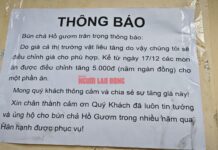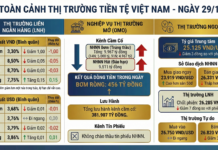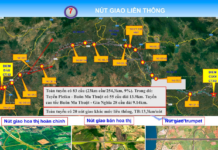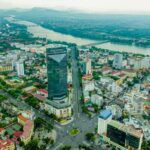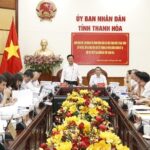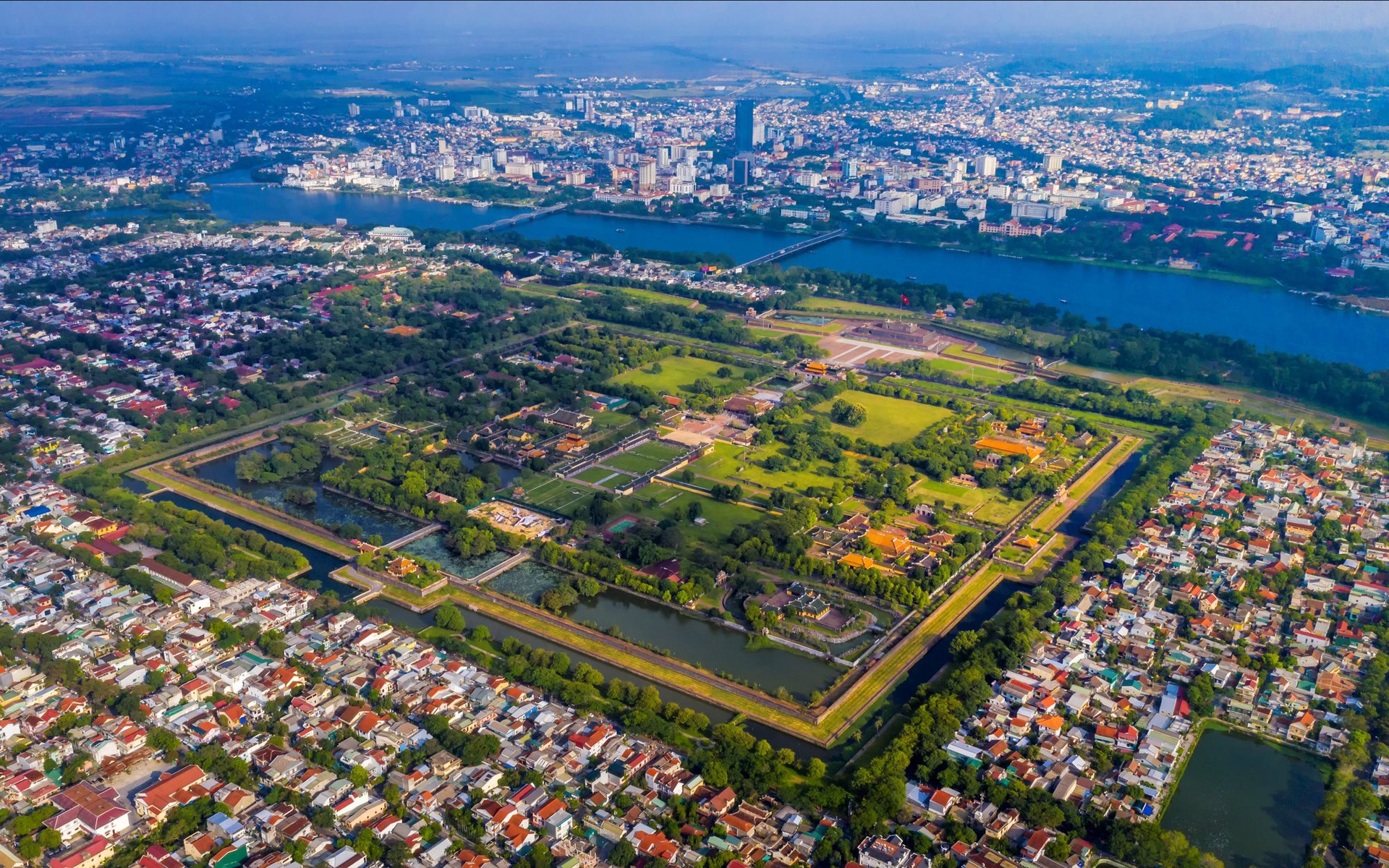
On September 10, the Office of the People’s Committee of Thua Thien – Hue Province announced that at the Conference for Appraisal of the Proposal for the Establishment of Hue City under the Central Government’s management, with 17/17 agreeing votes, it was decided to request the competent authority to establish Hue City under the Central Government’s management, based on the administrative boundaries of Thua Thien – Hue Province.
The Appraisal Council also agreed with the proposal for the arrangement and establishment of administrative units directly under Hue City as mentioned in the proposal.
After its establishment, Hue City will comprise 9 administrative units at the district level (including 2 districts, 3 town-level units, and 4 rural districts), 133 administrative units at the commune level (consisting of 78 communes, 48 wards, and 7 townships), marking a reduction of 8 administrative units at the commune level.

The newest centrally-controlled city of Vietnam will be Hue City.
The conference was held in Hanoi on September 9, chaired by Permanent Deputy Prime Minister Nguyen Hoa Binh, Chairman of the Appraisal Council for the Proposal for the Establishment of Hue City under the Central Government’s management.
The conference agreed on the name “Hue City,” deeming it appropriate in light of the locality’s history and cultural traditions and receiving an overwhelming majority of voters’ agreement, reaching 98.67%.
The establishment of Hue City under the Central Government’s management and the arrangement and establishment of administrative units at the district and commune levels ensure compliance with the stipulated conditions and standards.

Deputy Prime Minister Nguyen Hoa Binh requested that the People’s Committee of Thua Thien – Hue Province urgently develop a plan to fulfill the criteria for a first-tier centrally-controlled city. They should also devise a roadmap for the reorganization of the administrative apparatus, proactively address human resource-related matters, and provide timely encouragement and policies for officials, public employees, and laborers, including any surplus personnel.
Additionally, the province should focus on training and fostering the capacity of officials, public employees, and laborers to meet the requirements of a centrally-controlled city government. Effective and economical plans for the arrangement and utilization of surplus offices and public assets should also be formulated.
He also instructed the Ministry of Home Affairs to thoroughly incorporate the opinions of the Appraisal Council members at the conference and promptly finalize the draft report and the Government’s proposal to submit to the National Assembly at its 8th session, expected to be held in October 2024.
Hue City as an International Urban Center
Recently, the Prime Minister issued Decision No. 891/QD-TTg approving the Master Plan for Urban and Rural Development for the period of 2021 – 2030, with a vision towards 2050.
According to the plan, there will be 5 centrally-controlled cities, including Hanoi, Ho Chi Minh City (expected to become a special city by 2030), Hai Phong, Can Tho, and Da Nang (expected to become a first-tier city by 2030).

Eight provinces are oriented to become centrally-controlled cities, including Thua Thien – Hue, Khanh Hoa, Bac Ninh, Ba Ria – Vung Tau, Quang Ninh, Ninh Binh, Hai Duong, and Binh Duong (expected to become first-tier cities by 2030).
According to Bao Thua Thien – Hue (Thua Thien – Hue Newspaper), by 2025, Hue City under the Central Government’s management is expected to comprise 9 administrative units at the district level: Phu Xuan District, Thuan Hoa District (separated from the current Hue City), Huong Tra Town, Huong Thuy Town, Phong Dien Town (which already meets the full criteria to become a town-level unit), Quang Dien District, Phu Vang District, Phu Loc District (resulting from the merger of Phu Loc and Nam Dong Districts), and A Luoi District.

By 2045, Hue City under the Central Government’s management is envisioned to retain the same 9 administrative units but with a development plan to establish 4 districts: Phu Xuan, Thuan Hoa, Huong Thuy, and Huong Tra. There will be two cities: Phong Dien (based on the current town-level unit) and Chan May (encompassing the Chan May – Lang Co Economic Zone and extending to Phu Loc Town). Additionally, there will be two town-level units: Quang Dien and Phu Vang, along with A Luoi District.
Hue City, under the Central Government’s management, will emerge as a national, regional, and international urban center. It will be one of the significant economic, cultural, scientific, technological, medical, and educational hubs in Vietnam and Southeast Asia. This transformation will be grounded in the preservation and promotion of the values of the ancient capital’s heritage and the distinctive culture of Hue, featuring its cultural, heritage, ecological, scenic, environmentally friendly, and smart characteristics, in line with Resolution 54 of the Politburo.
The Power of Three: How the Merger of Hớn Quản, Bình Long, and Chơn Thành Will Transform Bình Phước
Sure, I can assist you with that.
“The rearrangement of administrative units at the district and communal levels in the period of 2023-2025 is of great political importance,” emphasized Tran Tue Hien, Chairwoman of the People’s Committee of Binh Phuoc province.
The Thriving Province of Thua Thien – Hue: Forging a Centrally-Administered City
The Deputy Prime Minister has signed a decision recognizing Thua Thien – Hue as a proposed site for the establishment of a centrally-controlled city, meeting the criteria of a first-tier urban area. This decision underscores the region’s potential to become a prominent urban center, comprising 2 districts, 3 towns, and 4 rural districts.
The Green and Historic Province of Thanh Hoa: A Place of Diversity and Administrative Efficiency
With its recent administrative reorganization, Thanh Hoa now boasts an impressive array of urban and rural districts. This vibrant province is home to 2 cities, 2 townlets, 22 rural districts, and 547 communal-level administrative units.
After the implementation of the plan to rearrange district- and commune-level administrative units in the 2023-2025 period, Thanh Hoa province will comprise 26 district-level administrative units, including 22 districts, 2 towns, and 2 cities (a reduction of 1 district); and 547 commune-level administrative units, consisting of 452 communes, 63 wards, and 32 townships (a reduction of 15 communes, an increase of 3 wards, and 1 township).




